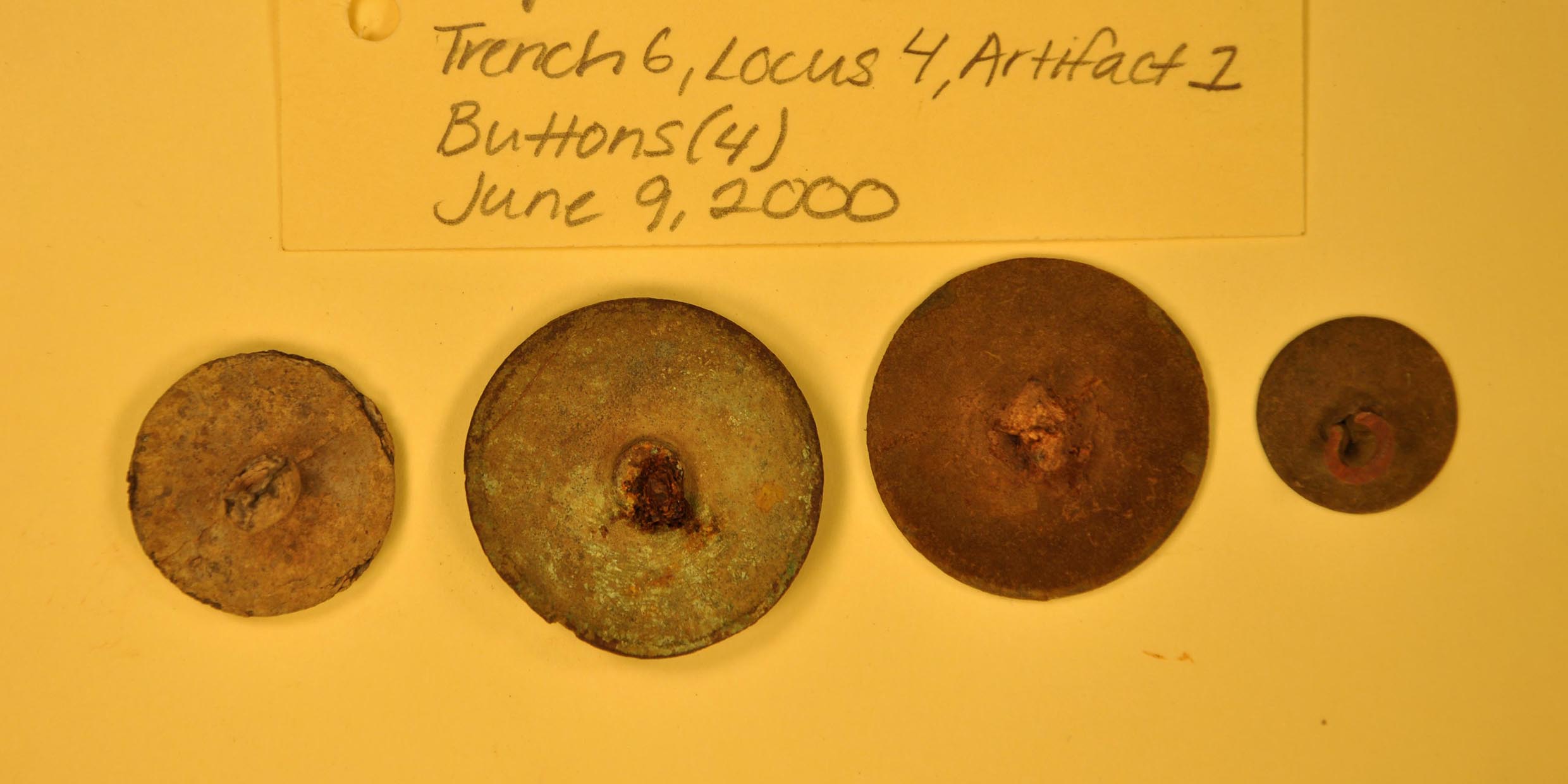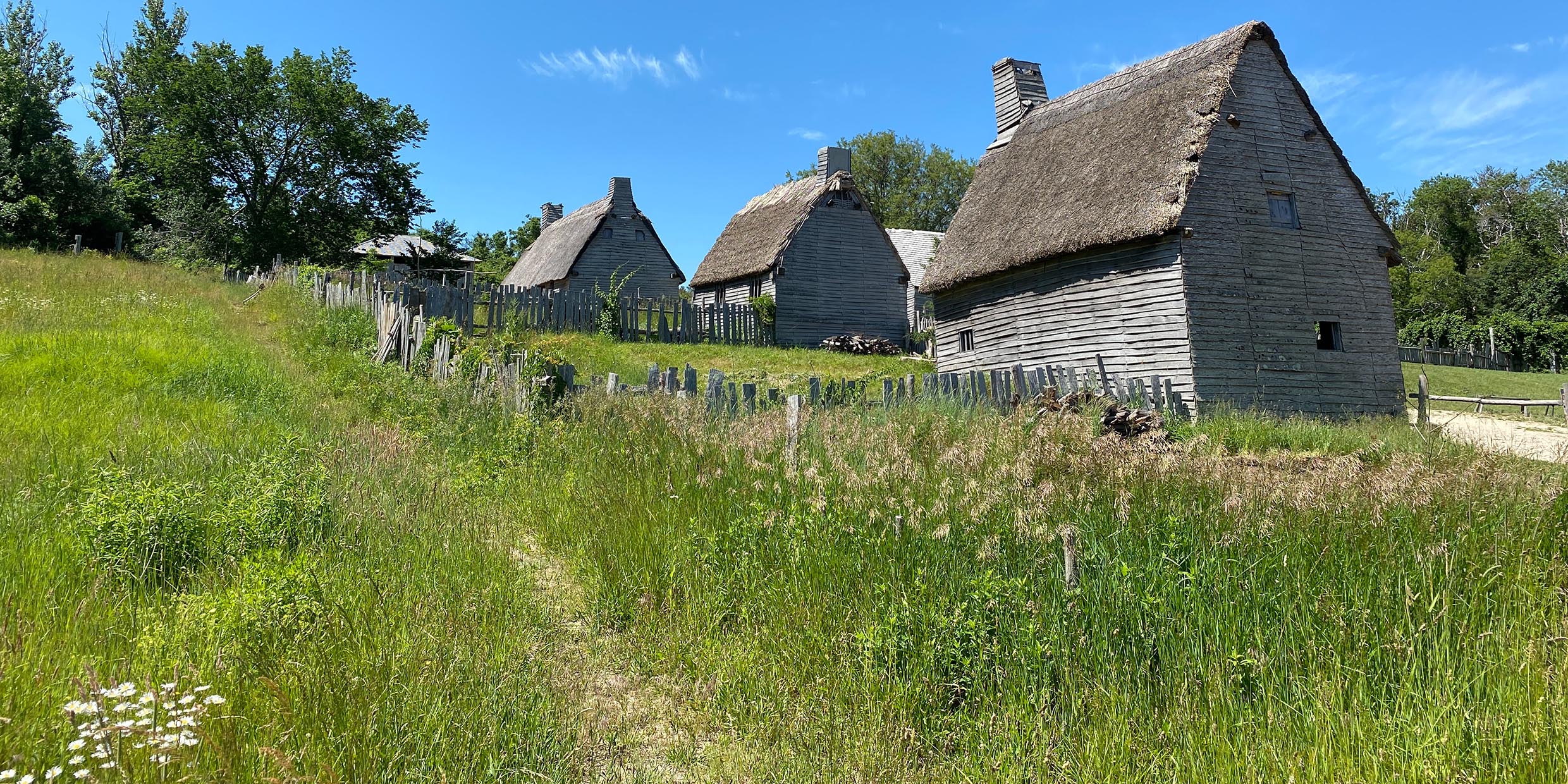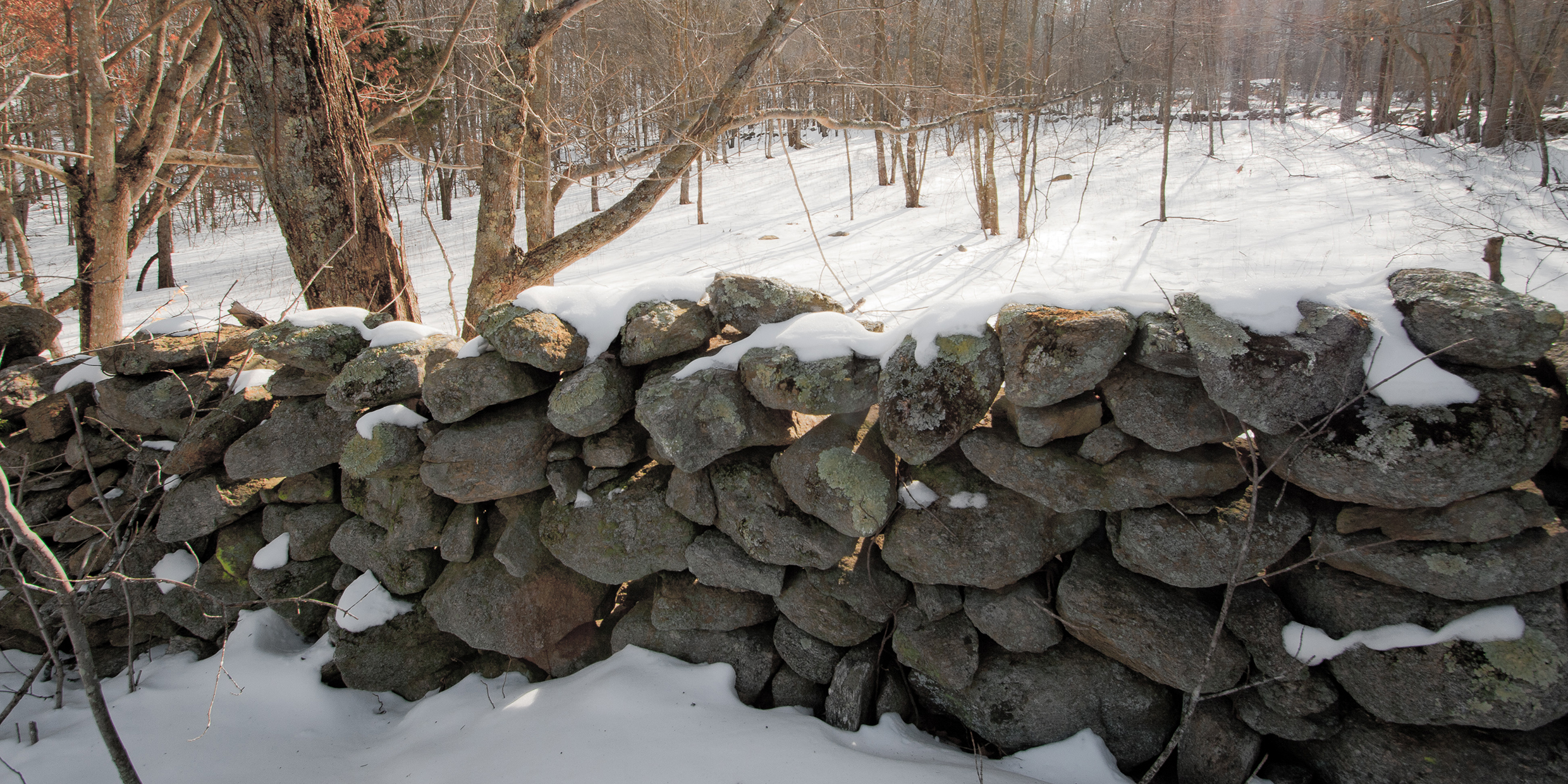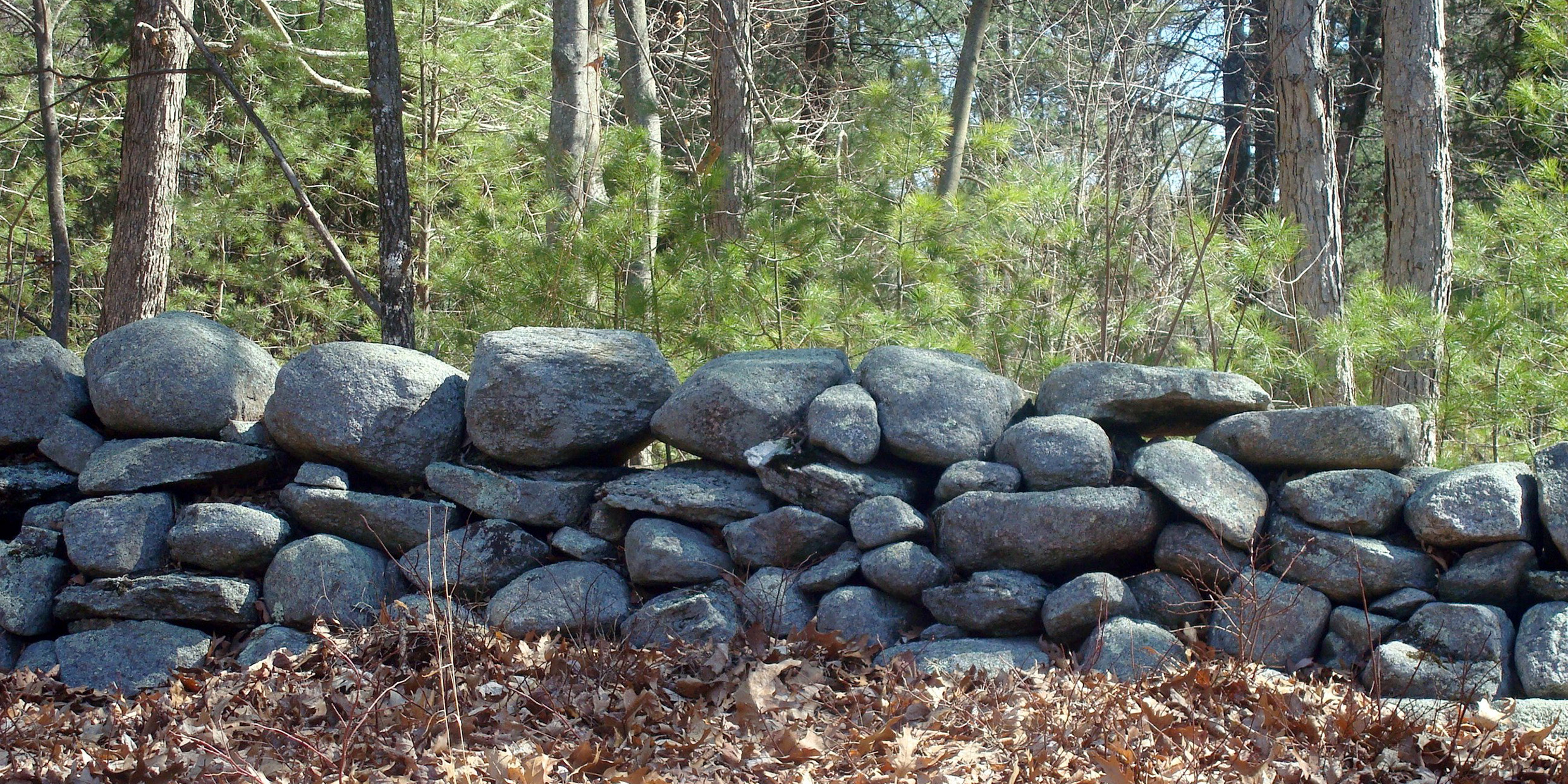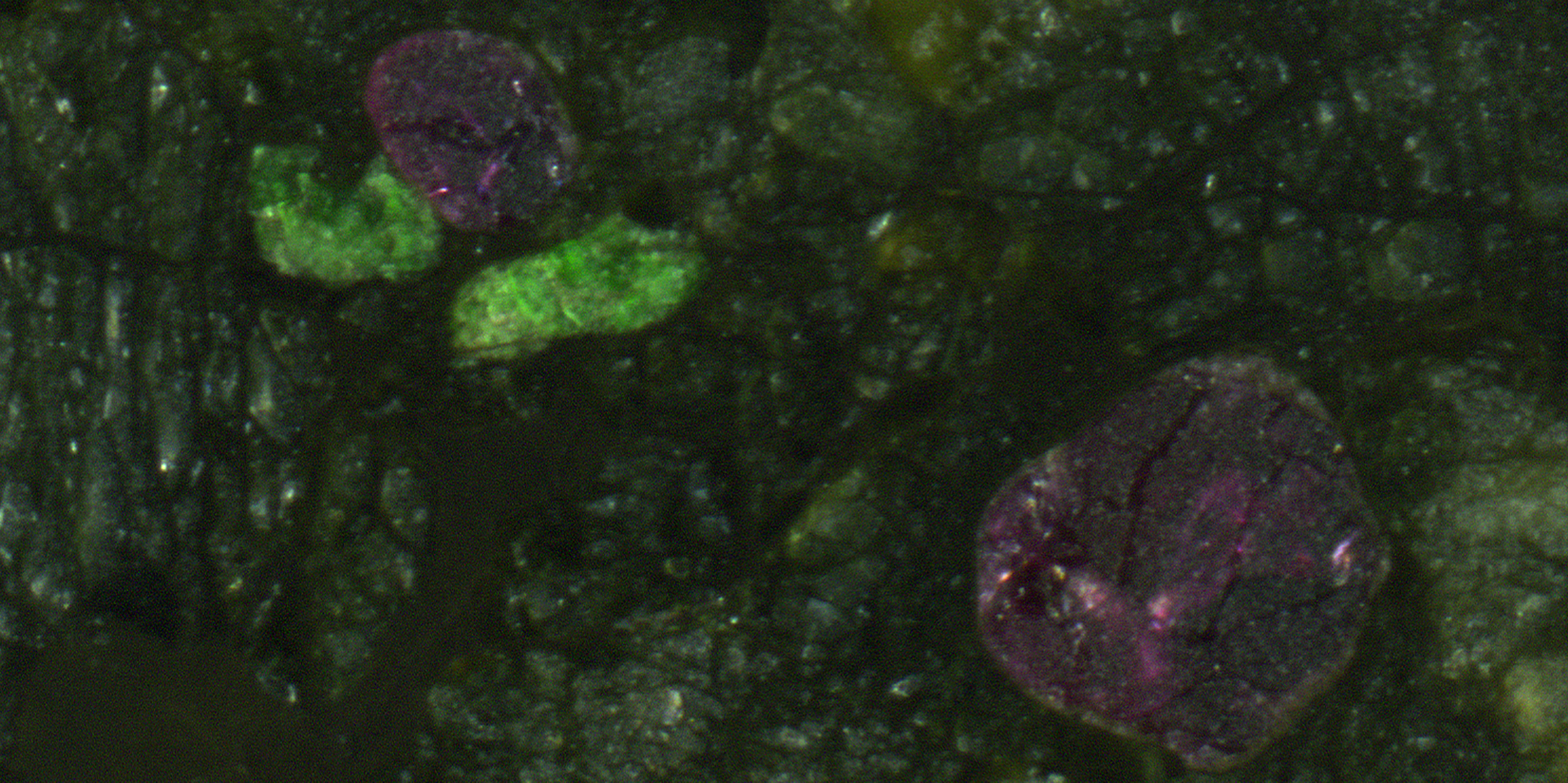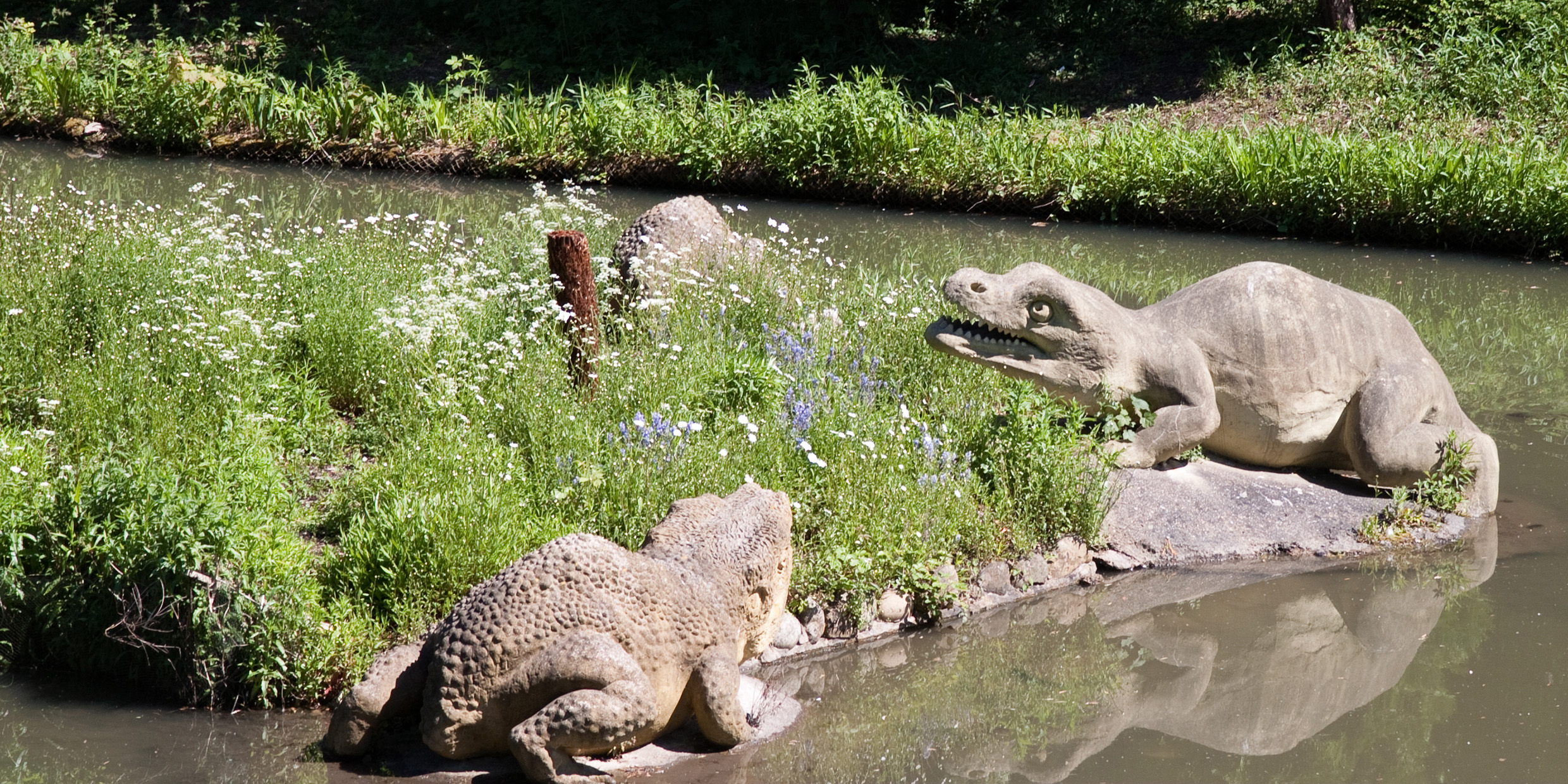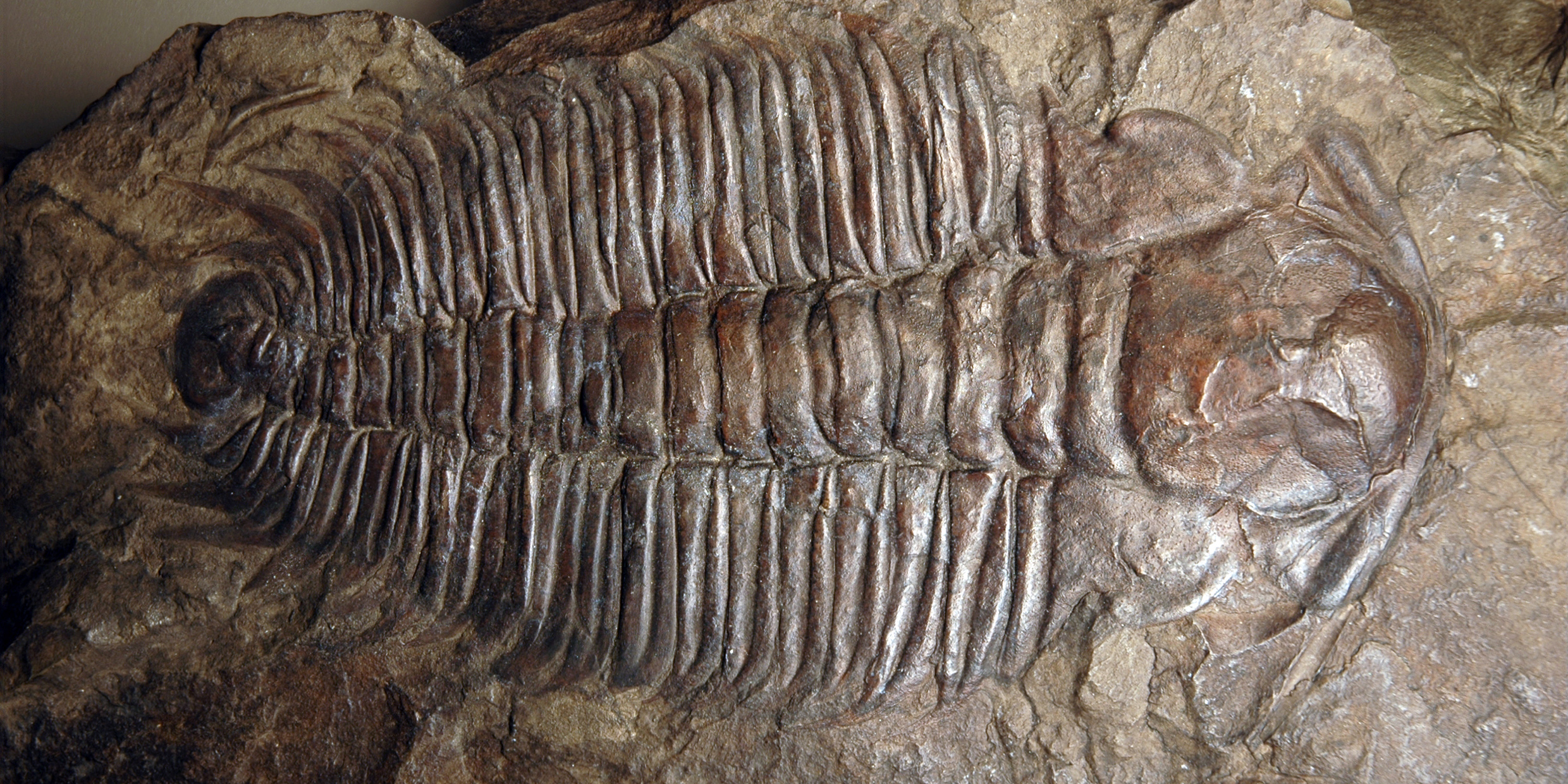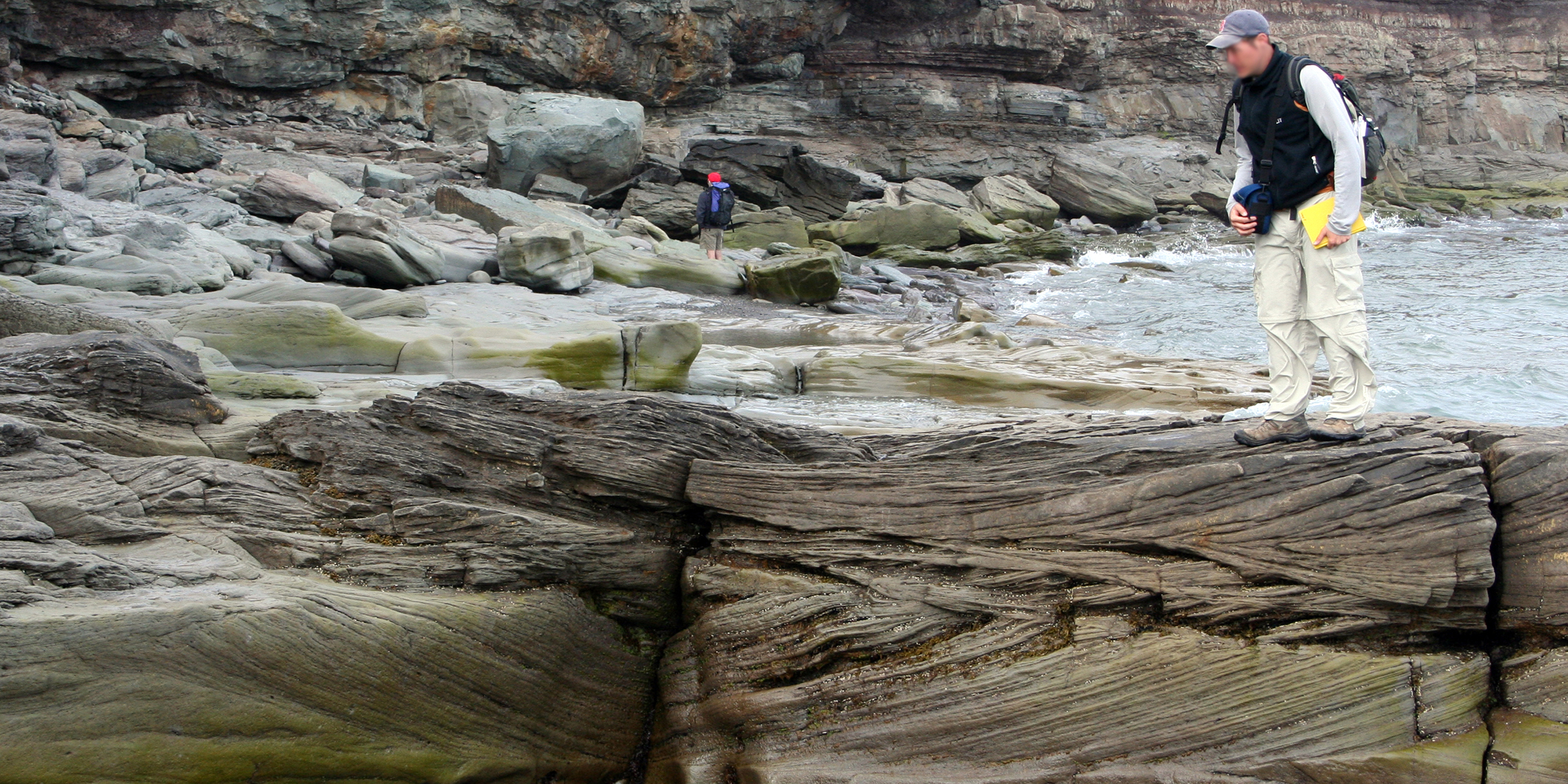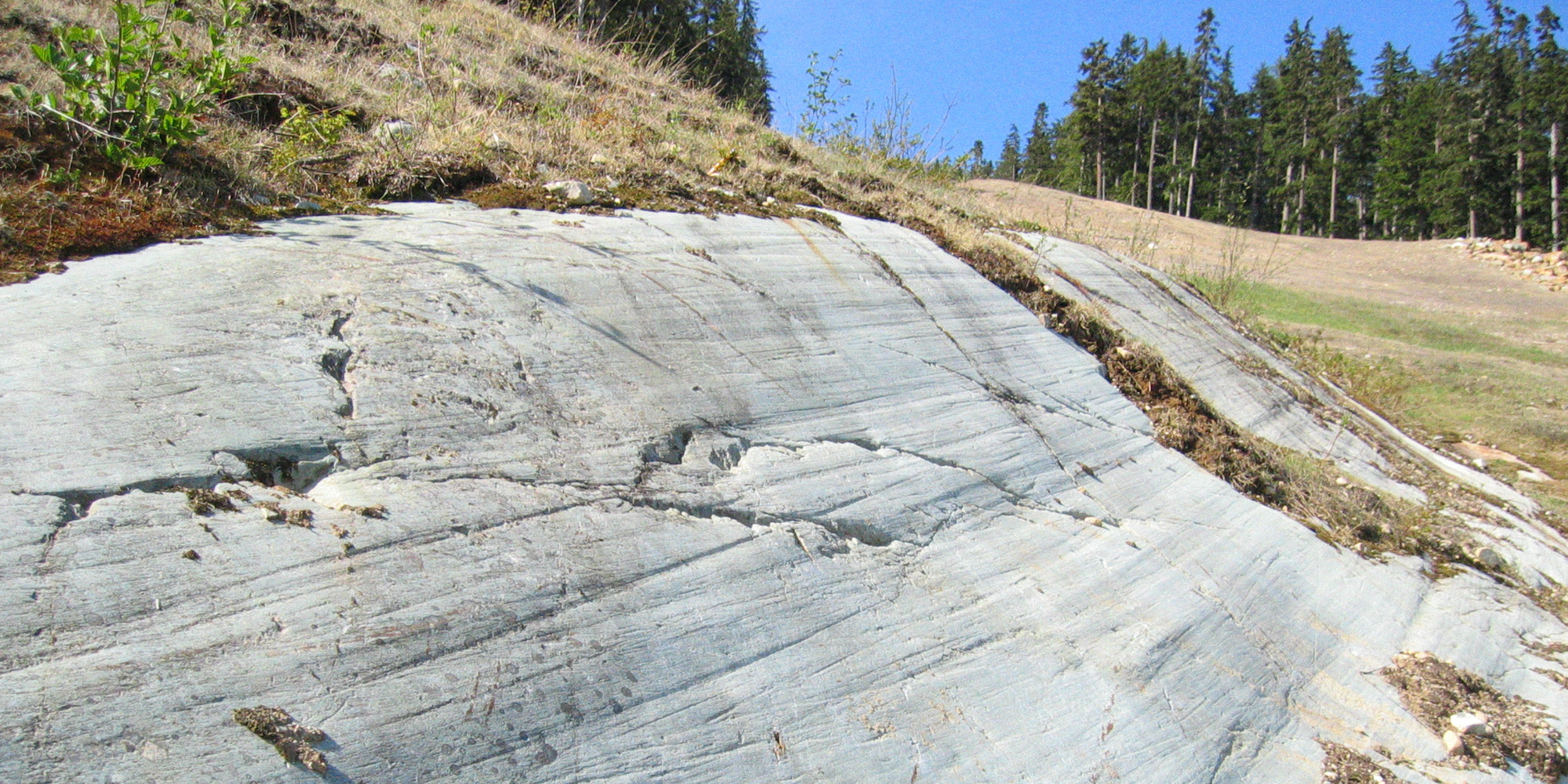Yesterday it was my pleasure (with the able assistance of local historian Ed Hands) to lead a group of fellow citizens from the Easton Historical Society deep into the woods of the Stonehill College campus, to a place where no trail goes — the late-18th-century foundation of the Daily homestead.
Articles with New England
From the Pilgrims’ axes, an ethic of squander
Sunlight falls through autumn gold of oaks, maples and hickories, onto a green sub-canopy of sassafras and flowering dogwood, spilling at last onto a sandstone slab, the doorstep of a long-vanished house.
The Oracle is no match for El Niño
SCENE: The temple of Apollo at Delphi. The Oracle stands at the porch. Boston weathercasters Bruce Schwoegler, Harvey Leonard, and Dick Albert approach.
Winter’s coming and stones are on the march
December. Green plants have rolled up their awnings and closed shop. Even the mushrooms, November’s ragpickers, hunker down to that invisible life that mushrooms live for 11 months of the year.
New England’s long rocky road
One recent weekend I dug post holes for a patio fence. Five holes, each one foot in diameter and two feet deep. How many cubic feet of dirt were removed? Zero.
A sliver full of history
In an essay published after her death, novelist Virginia Woolf wrote about special “moments of being” that sometimes interrupt the gray, nondescript “cotton wool” of everyday life. One of those moments occurred as she was looking at a flower in a garden at St. Ives, in England. It was an ordinary plant with a spread of green leaves. She looked at the flower and said, “That is the whole.”
Recreating a prehistoric landscape
As the writer John McPhee has pointed out, geologists inhabit scenes that no one ever saw — mountains, forests, rivers, and archipelagos long vanished from the face of the Earth. No, not vanished — almost vanished.
Paradox of Paradoxides
Boston, Charlotte, N.C., St. John’s, Nova Scotia, Wexford, Ireland, and Holyhead, Wales, have something in common. All are situated on rocks that contain the fossils of a certain extinct trilobite, or marine arthropod, that are found nowhere else.
Reading the rocks
In his book Conversations with the Earth, German geologist Hans Cloos described the moment when he “became a geologist forever.” It did not happen at university. It did not happen with the passing of an exam or the awarding of a degree. It happened one morning in Naples, Italy, when Cloos opened the window of his hotel room and saw the smoking cone of Vesuvius looming above the still-sleeping city. At that moment he had the realization that motivated a lifetime of creative work in geology: The Earth is alive.
Ice works the land
Set a geologist down anywhere in New England and somewhere nearby he will show you the work of ice. Eighteen thousand years ago all of New England lay beneath a half-mile-thick sheet of ice, part of a continent-spanning glacier that reached from the deeply indented coast of the Pacific Northwest to the gently sloping continental shelf of New England.
